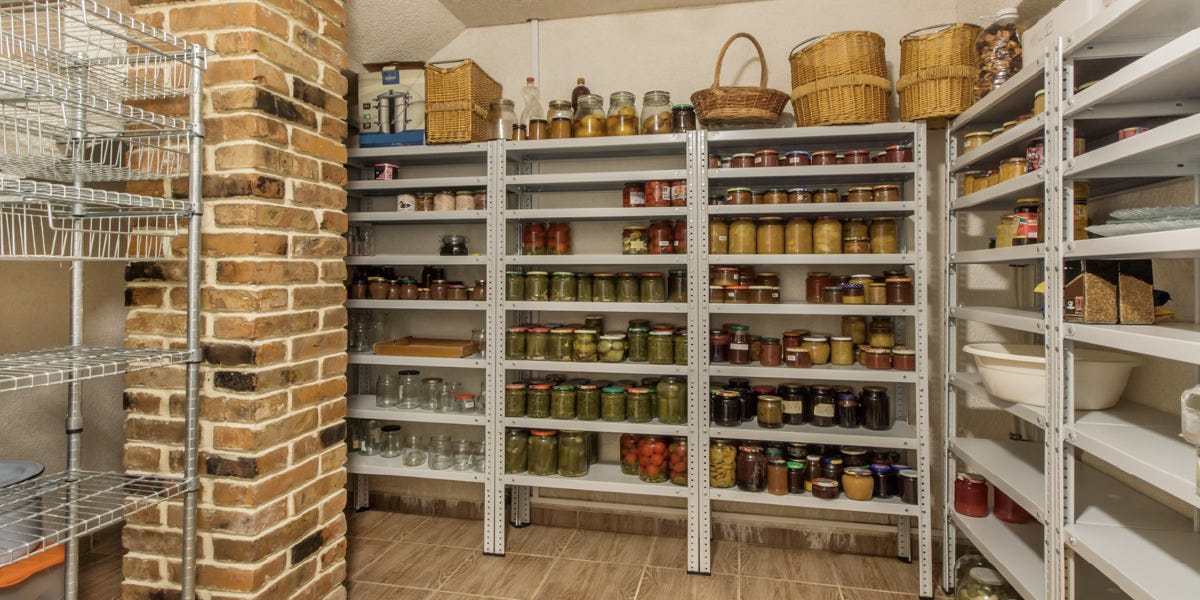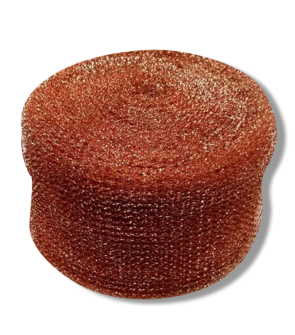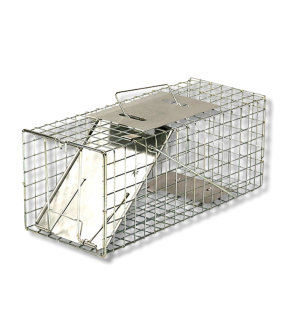Wildlife in Pantry & Food Storage
Most Effective Products
Common Wildlife in Pantry and Food Storage
Even though pantries and food storage areas are enclosed and small, some wildlife can find their way into them. Some common wildlife you can expect to encounter are chipmunks, raccoons, or squirrels.
These animals can cause widespread disease either through parasites on their body or through their excrement. Wildlife are naturally filthy and once they come into contact with surfaces that food contacts you, your family, and pets are more at risk.
Another risk is that these animals can be present in these areas during the night, which makes late-night snacks more threatening. Therefore homeowners should deal with these wildlife infestations quickly and swiftly with the steps in our DIY guide.
While following these guidelines, local and state laws are still present and must be followed. It is recommended for the homeowner to visit their local animal control office or state website to visit proper rules and regulations associated with the control of wildlife.
If you are not seeing a pest listed here then contact our customer service team by phone, email, or in-person at one of our store locations for professional recommendations.
Identification

For a visual reference take a look at the image above: On the left is the chipmunk, in the middle is the raccoon, and on the right is the squirrel.
Chipmunks are small rodents with several dark stripes down its brown body and a slightly furry tail. They have large black eyes and measure 3 to 8 inches.
Raccoons are medium sized fuzzy creatures with a bushy ringed tail and black markings around their eyes. These gray colored animals measure 24 to 38 inches long.
Squirrels are small fuzzy rodents easily recognized by their bushy tails and slender body. Their short, silky fur is colored brown to gray. They can measure 15 to 20 inches.
Inspection

Raccoons, squirrels, and chipmunks do not live in pantries, but they may live in larger food storage areas like cellars.
These animals will stay in enclosed spaces that are near these areas such as the roof, beneath the floorboard, nearby cabinetry and storage boxes, interior walls, and other voids.
Treatment
Step 1: Fill Openings
 Chipmunks, squirrels, and raccoons are always in search of warmth and food. If necessary, they will tunnel or claw their way into your pantry or food storage areas to satisfy these needs.
Chipmunks, squirrels, and raccoons are always in search of warmth and food. If necessary, they will tunnel or claw their way into your pantry or food storage areas to satisfy these needs.
If there are existing openings around your home or near these sites they will also use these to travel or nest in.
A squirrel will travel through holes as small 1 ½ inches wide. A raccoon will travel through holes as small as 4 inches. And a chipmunk will travel through holes as small as a quarter.
Take the necessary steps to fill these openings with caulk and copper mesh for larger voids.
Step 2: Secure Food

Is last night pizza box or box of cupcakes still sitting on your counter the next morning? While some foods have the ability to sit out overnight or seem well-protected in its packaging, they are open invitations to these animals.
They can easily gnaw or scratch through plastic, paper, or cardboard food packaging. For this reason, you will need to move all food stuff into sealable plastic containers.
Besides food in pantries and food storage areas, trash cans also serve as a reliable food source for wildlife. Cover all trash cans both indoors and outdoors with a secure lid.
Outdoors, move trash cans away from your home's foundation. Pick produce from your garden or trees as it ripens. Properly pick up and dispose of fruit or vegetables that fall on the ground.
Don’t leave pet food out overnight in dishes since some wildlife can use this as a secondary food source. It can also attract animals further into your home where they will more likely gravitate towards the pantry or food storage site.
Step 3: Set Traps

To safely get rid of squirrels, chipmunks, or raccoons in the pantry or food storage area the use of traps will be needed.
Solutions Humane Live Animal Trap is a box trap that can safely and remove animals from undesirable areas both indoors and outdoors.
To capture squirrels or chipmunks, you will need the small size of this product. To capture raccoons, use the medium or large size of the product.
For pantries and food storage areas, use the humane trap in areas where you have seen pest activity. Best place to put these are in the ceiling void, corners, underneath shelving, and along walls near food storage containers.
When you are done setting the traps, you can then bait the trap. Depending on the pest you are trying to control will determine the bait.
For squirrels, use peanut butter laced with seeds, nuts, or apples. For chipmunks, use a combination of peanut butter, fruits, cereal, or flower bulbs. For raccoons, use fresh fruit, vegetables, peanut butter, marshmallows, cat food, and canned tuna.
Place the bait on the trigger plate or behind it to entice wildlife to enter.
Set your trap by pushing on the door lock and lifting the door plate. Keep the door plate lifted while pulling the trigger arm forward to set it. You will know it is set when the trigger arm's hook catches the door.
Key Takeaways
What Animals Come Into Panties or Food Storage Areas
- The most common animals to enter your pantry or food storage area are squirrels, chipmunks, or raccoons.
How Do Animals Come Into the Pantry
- Animals find their way into pantries by traveling throughout your home. When traveling they may follow food odors, which are prevalent in kitchens. As a result, they come to these areas to feed then retreat to their hiding place.
What To Do if You Find Animals In Pantry or Food Storage Area
- If you find the animal in the pantry or food storage area, carefully back away and call the proper animal control authorities in your area to remove it.












































































































































































































































































































































































































































































































































